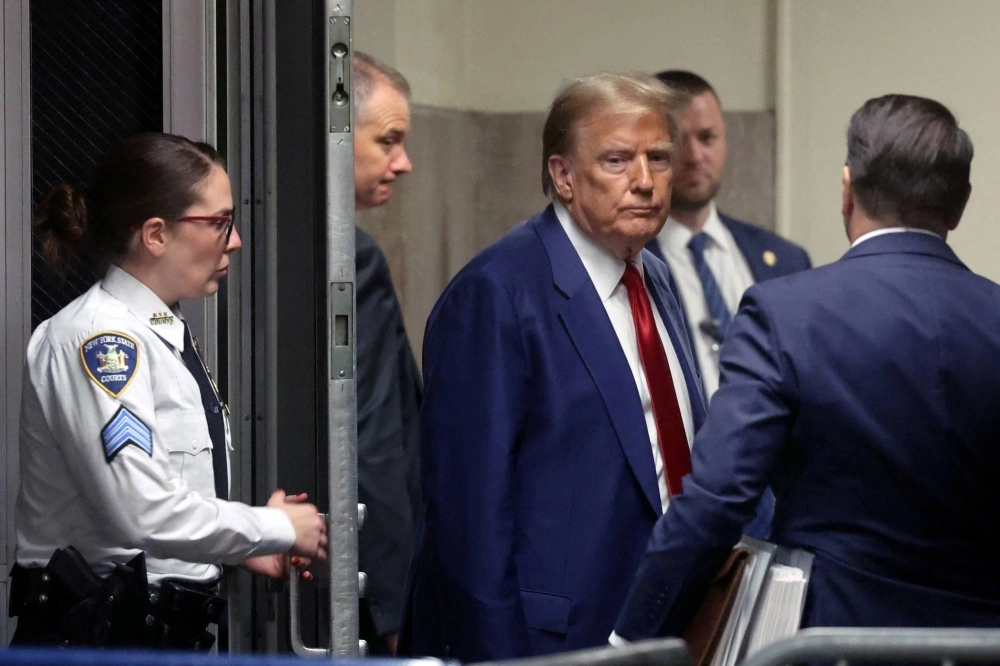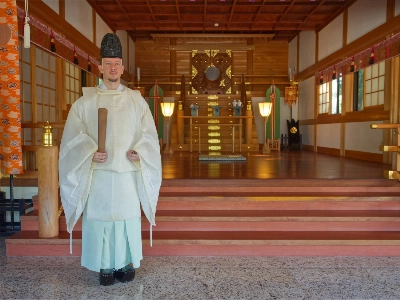On April 1, 1924, Adolf Hitler should have been terrified. Four and a half months earlier, the Nazi leader had led a failed coup d’etat in Munich, the Bavarian capital. Inspired by the Italian Fascist Benito Mussolini, Hitler had planned to march his supporters on to Berlin, where they would destroy the democratic Weimar Republic.
The insurrection began just after 8 p.m. on Nov. 8, 1923, when Hitler and his followers burst into a political rally and held the crowd hostage. During the drunken rampage that followed, Hitler’s Sturmabteilung (Storm Troopers) vandalized their opponents’ political offices and assaulted the city’s Jews as they tried, but failed, to occupy central Munich.
The Nazi attempt to seize power ended the following morning, with a column of 2,000 armed putschists, led by Hitler, confronting the police and the German army in the Odeonsplatz (a large public square). After a brief firefight, four Bavarian policemen lay dead. Hitler, who was dragged to the ground when the gunfire started, fled the scene in agony, having dislocated his shoulder. The man standing beside him was fatally shot.



















With your current subscription plan you can comment on stories. However, before writing your first comment, please create a display name in the Profile section of your subscriber account page.